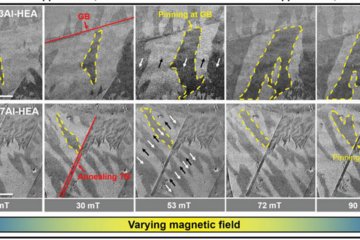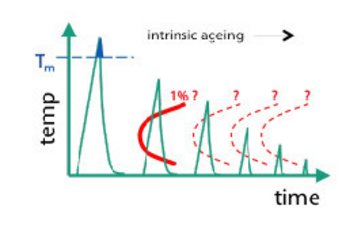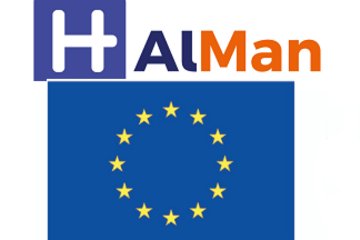All genres
21.
Talk
Ab-initio study of hydrogen trapping by kappa-carbides in an austenitic Fe matrix. DPG Frühjahrstagung, Dresden, Germany (2014)
22.
Talk
Hydrogen-carbide interactions in steels: Ab-initio calculations combined with experiment. Steel & Hydrogen, 2nd International Conference on Metals and Hydrogen, Gent, Belgium (2014)
23.
Talk
Ab initio based understanding of the segregation and diffusion mechanisms of hydrogen in steels. Workshop on Hydrogen Embrittlement, Düsseldorf, Germany (2014)
24.
Talk
Aspekte der Wasserstoffversprödung von Stählen: Verständnisgewinn durch quantenmechanische Simulationen. AKE Workshop, DECHEMA, Frankfurt a. M, Germany (2013)
25.
Talk
kappa-carbides as precipitates in austenitic steels: Ab initio study of structural, magnetic and Interface properties. EUROMAT 2013, Sevilla, Spain (2013)
26.
Talk
Ab initio study of kappa-carbides as precipitates in austenitic Fe matrix. DPG Frühjahrstagung 2013, Regensburg, Germany (2013)
27.
Talk
Consequences of H-Vacancy Interactions: An Ab Initio Insight. International Hydrogen Conference, Jackson Lake Lodge, Moran, WY, USA (2012)
28.
Talk
Accelerated self-diffusion in fcc metals due to H induced superabundant vacancies. DSL 2012 Conference, Istanbul, Turkey (2012)
29.
Talk
H adsorption and absorption on/in carbides. HYDRAMICROS Workshop, Duisburg, Germany (2012)
30.
Talk
Hydrogen embrittlement of steels: An atomistic insight. PROST 2012 Conference, Moscow, Russia (2012)
31.
Talk
Impact of alloying elements on H solubility in steels. DPG Frühjahrstagung 2012, Berlin, Germany (2012)
32.
Talk
Accelerated self-diffusion in fcc metals due to H induced superabundant vacancies. TMS 2012 Meeting, Orlando, FL, USA (2012)
33.
Talk
Influence of alloying elements on solubility and diffusivity of H in different steel phases. HYDRAMYCROS Workshop, Ghent, Belgium (2012)
34.
Talk
Thermodynamics and kinetics of H interaction with vacancies in fcc metals. ADIS 2012 Workshop, Ringberg, Germany (2012)
35.
Talk
Ab initio investigation of hydrogen solubility and mobility in steels: Indentification of hydrogen related mechanisms in steels. Steel Hydrogen Conference, Gent, Belgium (2011)
36.
Talk
Ab-initio based thermodynamics and kinetics of superabundant vacancies in fcc. ICMM, Paris, France (2011)
37.
Talk
H solubility in different steel phases: Influence of alloying elements and strain. HYDRAMICROS Workshop, Otaniemi, Finland (2011)
38.
Talk
Thermodynamics and kinetics of hydrogen interaction with point defects. CM-Workshop, Attendorn, Germany (2011)
39.
Talk
Ab initio determination of point defects and derived diffusion properties in metals. 3rd Sino-German Symposium, Xi’an, Shaanxi, China (2011)
40.
Talk
Thermodynamics and Kinetics of Superabundant Vacancies in fcc Metals. MRS 2011 Spring Meeting, San Francisco, CA, USA (2011)











